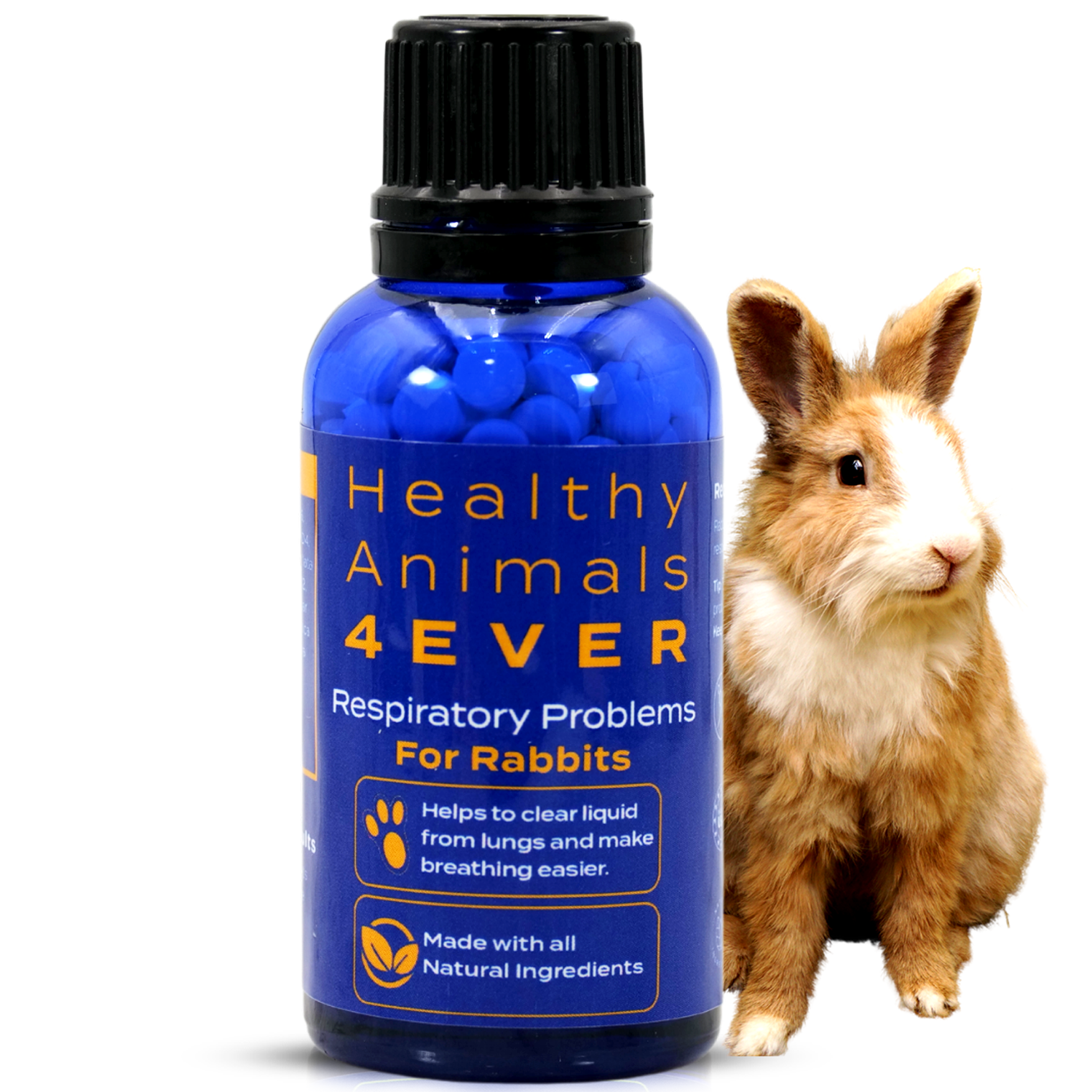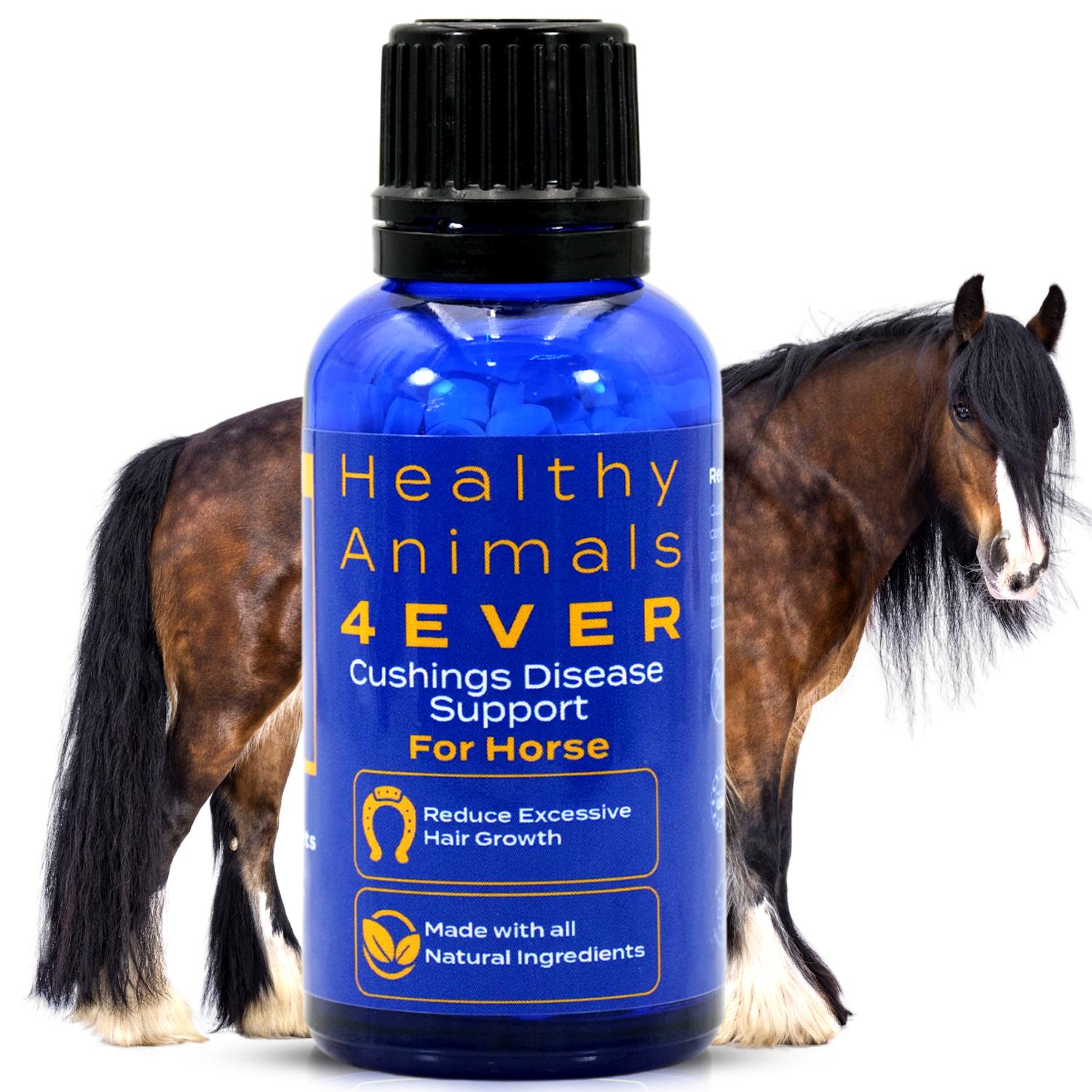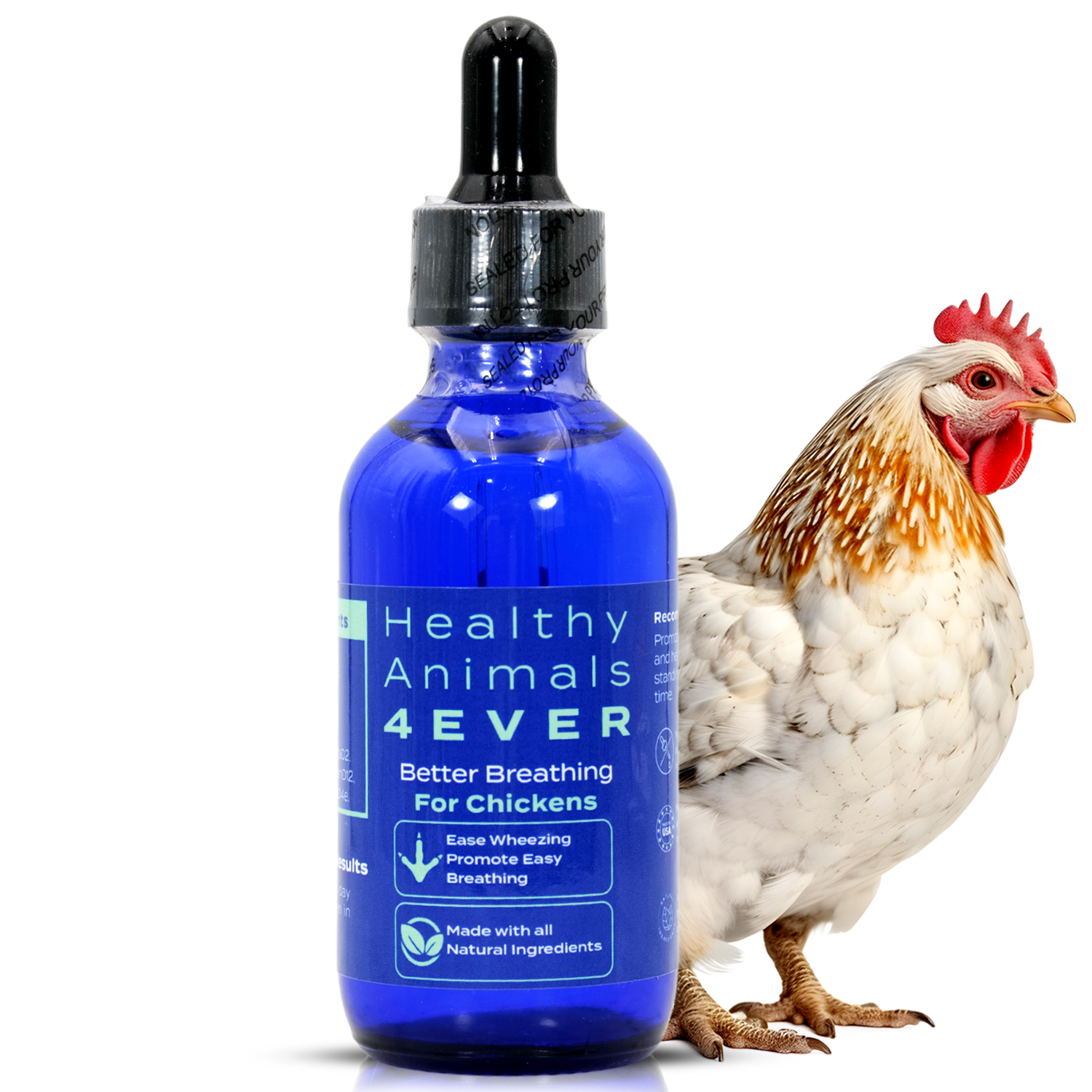What Can’t Cats and Dogs Eat: Toxic Plants & Human Foods
Spring is a time of sunshine, blooming flowers, and longer walks with our pets. But while we’re busy enjoying the season, it’s easy to forget that many common spring plants, foods, and garden products can be dangerous (or even deadly!) for dogs and cats.
Our pets can accidentally eat plants and human foods that are toxic to them. Even something as simple as walking on treated grass or chewing on a garden bulb can lead to serious health issues.
But don’t worry, this isn’t about making spring stressful. With a bit of attention and a few precautions, you can keep your home and garden safe while still enjoying everything the season offers; just make sure you know what can’t cats and dogs eat to keep them safe!
All Digestive provides natural digestive support for dogs. Helps with stomach upset, diarrhea, and gastritis. It aids in restoring digestive balance and your pet's comfort. All-natural formula. Easy to use.
Toxic Spring Plants
Spring is a time of fresh blooms and vibrant gardens. However, it’s also a season of hidden dangers if you have pets. Many common spring plants are highly toxic to dogs and cats, and a curious nibble can quickly turn into a medical emergency.
Lilies
If you have cats, lilies are completely off-limits! Even a tiny amount - licking pollen off their fur, drinking water from a vase, or chewing a petal - can cause fatal kidney failure. The risk is so high that vets recommend keeping any type of lily out of a home with cats. If you receive a bouquet with lilies, it’s best to rehome it immediately.
Daffodils
Daffodils may symbolize spring, but they contain toxins that can cause vomiting, diarrhea, and heart problems in pets. The bulbs are especially dangerous, meaning dogs that like to dig are at greater risk. If you have daffodils in your garden, make sure your pet can’t get to them.
Tulips & Hyacinths
Tulips and hyacinths are another favorite for spring, but their bulbs contain compounds that can irritate a pet’s mouth and stomach. If a dog or cat chews on them, they might drool excessively, vomit, or have trouble breathing. Since dogs tend to dig up and chew on bulbs, it’s best to plant them in areas they can’t access.
All Digestive provides natural digestive support for cats. Helps with stomach upset, diarrhea, and gastritis. It aids in restoring digestive balance and your pet's comfort. All-natural formula. Easy to use.
Azaleas & Rhododendrons
These popular shrubs add color to many spring gardens but contain toxins that can affect a pet’s nervous system. Even a small amount can cause drooling, vomiting, weakness, and, in severe cases, coma or death. If you have azaleas or rhododendrons in your yard, ensure your pets don’t have access to them.

Harmful Spring Foods
Spring isn’t just about flowers; it’s a season of celebrations, backyard barbecues, and seasonal treats. While we enjoy chocolate, festive meals, and fresh produce, many of these foods can be highly toxic to pets. Let’s go through what our cats and dogs can’t eat.
Chocolate
Most pet owners know chocolate is bad for pets, but the danger level depends on the type and amount. Dark chocolate and baking chocolate contain the highest levels of theobromine, a toxic compound to both dogs and cats (though cats rarely eat it). Even small amounts can cause restlessness, rapid heart rate, seizures, or worse. And with Easter bringing chocolate eggs and candies into homes, it’s important to keep them out of reach.
Xylitol
Xylitol is an artificial sweetener found in sugar-free gum, candies, baked goods, and even some brands of peanut butter. While harmless to humans, it can cause a rapid drop in blood sugar and fatal liver failure in dogs. Even a tiny amount is dangerous, making this one of the most deadly hidden ingredients in everyday foods. Always check ingredient labels before sharing any treat with your pet.
Fortress-Metabolic Strengthening is a strengthening formula for your dog’s metabolic system. Promotes the healthy functioning of the liver. Natural support for parasite cleanse & may help with die-off symptoms. All-natural formula. Safe and easy to use.
Grapes & Raisins
Grapes and raisins can cause sudden kidney failure in dogs, but the reason why is still unclear. Some dogs can eat them without immediate reaction, while others can suffer severe poisoning from just a few. Since there’s no way to predict how an individual dog will react, it’s best to keep all grapes and raisins far away from pets.
Onions & Garlic
Onions, garlic, leeks, and chives - whether raw, cooked, or powdered - can damage red blood cells in dogs and cats, leading to anemia. Symptoms like weakness, lethargy, and pale gums may not appear right away, making this toxicity particularly sneaky. Be mindful of sharing table scraps, as many sauces and seasonings contain garlic or onion in some form.
Barbecue & Picnic Hazards
Spring means more outdoor meals, but barbecues and picnics bring several risks for pets. Fatty meats can trigger pancreatitis, cooked bones can splinter and cause internal injuries, and corn cobs are a major choking hazard. Always keep an eye on pets during outdoor gatherings, and make sure they don’t snatch something harmful off the grill or plate.

Garden Hazards
Your garden can also be hiding a few dangers of its own. Many everyday gardening products and practices can harm dogs and cats, even if they seem harmless.
Fertilizers
Fertilizers might help your plants thrive, but they can be dangerous for pets. Some contain blood meal, bone meal, or fish meal, which smell irresistible to dogs but can cause serious digestive issues or pancreatitis if ingested in large amounts. Others contain iron, nitrogen, and pesticides that can lead to vomiting, lethargy, and even organ damage.
If you use fertilizers, always keep your pet indoors while applying them and follow the package instructions for how long to keep animals away from treated areas. Organic doesn’t always mean safe, either; many natural fertilizers can still cause stomach upset.
Pesticides & Herbicides
Many weed killers, insecticides, and rodenticides are highly toxic to pets. Dogs and cats can be exposed by walking on treated grass, licking their paws, or ingesting poisoned rodents. Depending on the product, symptoms range from mild stomach upset to seizures and death.
If you must use pesticides, opt for pet-safe versions, and always store chemicals where your pets can’t reach them. When treating your lawn or garden, keep pets away until the area is completely dry and follow the waiting period on the label.
Seizures offers natural support for epilepsy and seizures in cats. Promotes calmness. It may aid in minimizing the frequency and duration of uncontrolled electrical disturbances and decreasing inflammation. All-natural formula. Easy to use.
Mulch
Most mulches are safe, but cocoa mulch, made from cocoa bean shells, contains theobromine, the same compound that makes chocolate toxic to dogs. If a dog decides to chew on or ingest cocoa mulch, it can lead to symptoms like vomiting, increased heart rate, and seizures. While it might smell nice to us, it’s best to use a pet-safe alternative like cedar, pine, or rubber mulch instead.
Compost
Compost piles are great for the environment but not so great for pets. Decomposing food and yard waste produce mold and bacteria, some of which release harmful mycotoxins that can cause severe tremors and seizures in dogs. Keep your compost bin securely covered, and don’t let pets rummage through yard scraps.

What to Do If Your Pet Ingests a Toxic Plant or Food
No matter how careful you are, accidents happen. Maybe your dog got into the Easter candy, or your cat chewed on a poisonous plant. The key is to act fast; some toxins take effect quickly, while others may cause delayed symptoms that worsen over time.
Step 1: Identify What Your Pet Ate
If you saw your pet eat something toxic, note what they ate, how much, and when. If unsure, look for evidence like chewed leaves, an open food package, or disturbed soil.
For plants, try to identify the species. If you don’t know, take a photo and compare it to online resources or show it to your vet. The same goes for any food your pet may have stolen. Knowing the exact ingredient can make all the difference in treatment.
Step 2: Watch for Symptoms
Some toxins cause immediate reactions, while others take hours or even days to show effects. Common signs of poisoning include:
-
Vomiting or diarrhea
-
Excessive drooling
-
Weakness or lethargy
-
Tremors or seizures
-
Difficulty breathing
-
Pale or yellow gums
-
Increased thirst or urination (sign of kidney/liver damage)
If your pet shows severe symptoms, like tremors, seizures, or difficulty breathing, it is a medical emergency. Get them to a vet immediately.
Seizures offers natural support for epilepsy and seizures in dogs. Promotes calmness. It may aid in minimizing the frequency and duration of uncontrolled electrical disturbances and decreasing inflammation. All-natural formula. Easy to use.
Step 3: Call Your Vet or a Pet Poison Hotline
Even if your pet seems fine at first, don’t wait to get professional advice. Call your vet or a pet poison control hotline for guidance. Some excellent resources include:
-
ASPCA Animal Poison Control: (888) 426-4435
-
Pet Poison Helpline: (855) 764-7661
(Keep in mind that poison hotlines may charge a small consultation fee, but it’s worth it to get expert advice.)
Step 4: Don’t Try Home Remedies Without Guidance
Searching online for quick fixes is tempting, but not all home remedies are safe. In some cases, making your pet vomit can make things worse. For example:
-
If your pet swallowed something caustic (like onions, garlic, or a strong chemical), vomiting can cause more damage to their throat.
-
If they ingested chocolate or xylitol, vomiting might not help much since these toxins absorb into the bloodstream quickly.
-
If your pet is unconscious or having seizures, do NOT try to make them vomit; this could lead to choking.
Always get professional guidance before attempting treatment at home.
Step 5: Be Prepared for the Vet Visit
If your vet recommends bringing your pet in, take any packaging or plant samples with you. This will help them identify the toxin and start treatment immediately. The faster you act, the better the chances of a full recovery.

Safe Alternatives for a Pet-Friendly Spring
Now that we’ve gone through all the springtime dangers, let’s focus on what you can do to keep your pets safe while still enjoying the season. Just because certain plants and foods are off-limits doesn’t mean your home and garden have to be dull or that your pets can’t enjoy some special seasonal treats!
Pet-Safe Flowers & Plants
Do you love the idea of a colorful spring garden but don’t want to worry about poisonous plants? Plenty of beautiful, pet-friendly alternatives will brighten your home and yard without harming your pets.
Here are a few great options:
-
Roses: A classic, safe choice for both dogs and cats.
-
Marigolds: Bright and cheerful, plus they help repel pests!
-
Sunflowers: Non-toxic and easy to grow.
-
Snapdragons: A colorful, pet-safe option for flower beds.
-
Zinnias: Hardy, low-maintenance, and entirely safe for pets.
-
Basil, Rosemary, and Thyme: Not only safe but also useful for cooking!
If you’re bringing plants into your home, double-checking if they’re safe for pets is always a good idea. Many houseplants, like pothos, philodendrons, and peace lilies, can be harmful if ingested. A quick online search can help you make the best choices.

Spring Treats Your Pets Can Enjoy
Just because they can’t have chocolate or Easter candy doesn’t mean your pets have to miss out on seasonal treats. Here are some safe and tasty alternatives:
For Dogs:
-
Frozen fruit cubes: Blend pet-safe fruits like blueberries, bananas, and apples (no seeds!) with water or plain yogurt and freeze them into fun, bite-sized cubes.
-
Homemade peanut butter biscuits: Just make sure the peanut butter is xylitol-free!
-
Carrot sticks: A crunchy, healthy snack that many dogs love.
-
Boiled eggs: A great protein-packed treat (in moderation).
For Cats:
-
Catnip or cat grass: A fun way to give your cat a safe, edible green snack.
-
Tuna or salmon flakes: A small amount of plain, cooked fish can be a great seasonal treat.
-
Goat’s milk or lactose-free yogurt: Many cats are lactose intolerant, but these options are easier on their stomachs.
-
Homemade chicken broth: Serve slightly warm for an irresistible, hydrating snack.
If you’re unsure about a food, it’s always best to check with your vet before giving it to your pet.

Keeping Your Yard & Home Safe
A pet-friendly spring isn’t just about what they eat; it’s also about their environment. Here are some simple steps to make sure your home and yard are a safe place for your pets to explore:
-
Fence off garden areas where you’re growing plants that could be tempting to dig up.
-
Store fertilizers, pesticides, and mulch in sealed containers out of reach.
-
Check your yard regularly for mushrooms; some wild mushrooms can be highly toxic to pets.
-
Keep compost bins securely covered to prevent curious pets from searching through them.
-
Wash your pet’s paws after walks if they’ve been on treated grass or near garden chemicals.
If you’re bringing new plants into your home, it’s worth taking a few extra minutes to research pet-safe options.

The Bottom Line
Spring should be a season of fun, not emergency vet visits. By knowing what can't cats and dogs eat, you can prevent accidents before they happen. Keep toxic plants out of reach, avoid giving your pets human foods unless you’re sure they’re safe, and always be mindful of what’s in your garden.
A little extra caution goes a long way. With the proper care, you and your pets can enjoy spring's sunshine, fresh air, and beauty without any unexpected scares.












